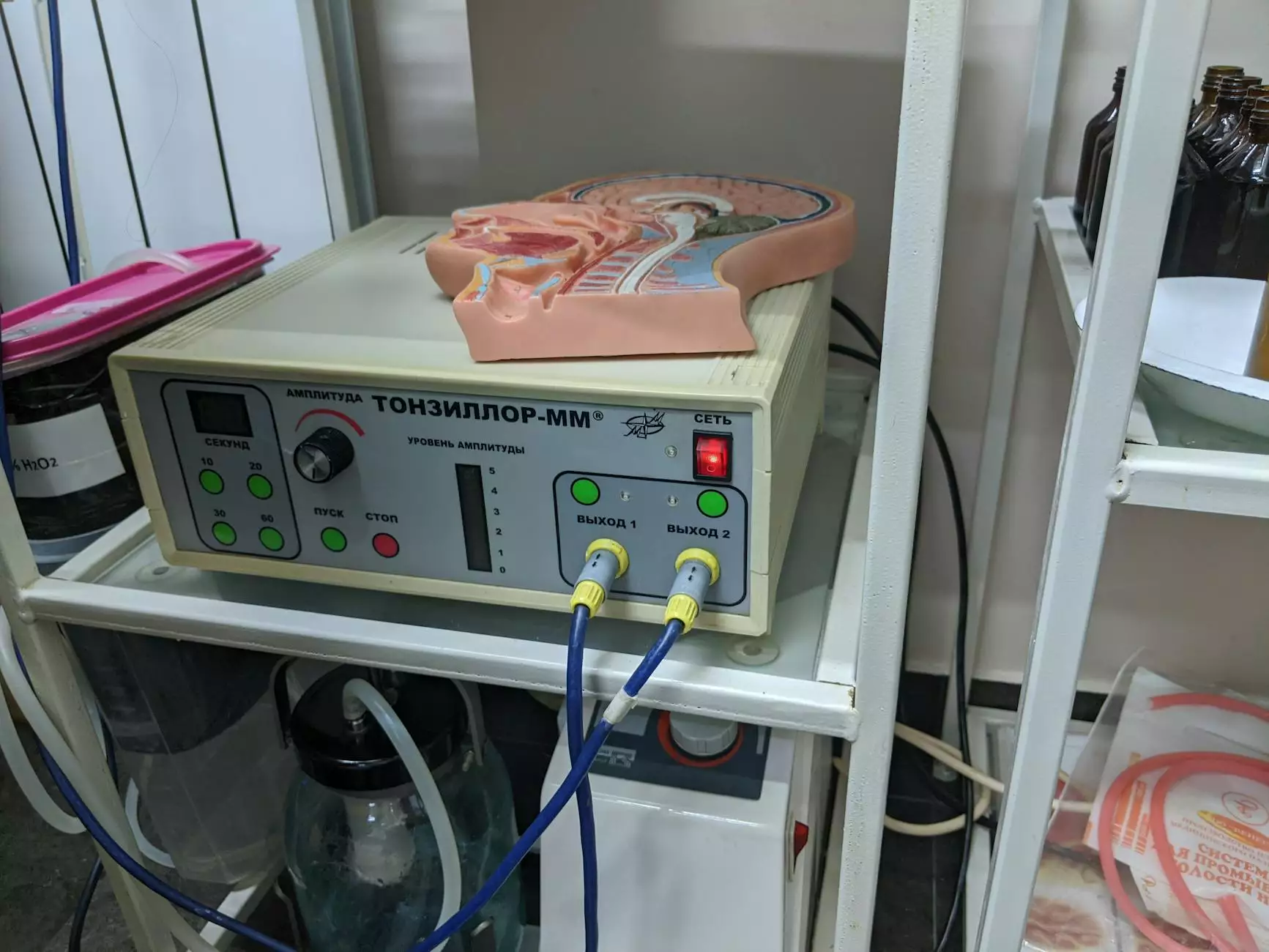Understanding Shoulder Bursitis Surgery Recovery Time

Shoulder bursitis surgery recovery time is a critical topic for those facing this common ailment. Bursitis affects the bursa, which is a fluid-filled sac that helps reduce friction between tissues in the shoulder joint. Understanding the nuances of recovery will not only provide comfort during the healing process but will also set realistic expectations for rehabilitation.
What is Shoulder Bursitis?
Shoulder bursitis is characterized by inflammation of the bursa in the shoulder. This condition often results from repetitive overhead activities, trauma, or age-related degeneration. Symptoms can include:
- Pain: Affected individuals often experience pain in the shoulder, particularly when raising the arm.
- Swelling: Inflammation may lead to visible swelling around the shoulder joint.
- Limited Range of Motion: Patients may find it difficult to perform everyday tasks due to pain and stiffness.
Why Surgery May Be Necessary
While many cases of shoulder bursitis can be managed with conservative treatments such as physical therapy, anti-inflammatory medications, and corticosteroid injections, surgery may be required in more severe cases. Surgical options typically considered include:
- Arthroscopic Bursa Removal: A minimally invasive procedure where the inflamed bursa is removed.
- Open Surgery: In some cases, open surgery may be needed to access and clean the shoulder area more effectively.
Understanding the Recovery Process
Post-surgery, patients often wonder about their shoulder bursitis surgery recovery time. Recovery can notably vary based on several factors such as the extent of surgery and the patient’s overall health.
Initial Recovery Phase
The first few days following surgery are crucial. Patients should expect:
- Pain Management: Adequate pain management is essential. Your physician may prescribe pain relievers and recommend ice packs to reduce swelling.
- Rest: Allow your shoulder ample rest to begin the recovery process.
Early Rehabilitation
Typically starting around one week post-surgery, early rehabilitation focuses on gentle range-of-motion exercises. A physical therapist will guide you through:
- Passive Range of Motion Exercises: These are exercises that the therapist performs on your behalf to allow movement without stressing the healing tissues.
- Gradual Strengthening: As healing progresses, strengthening exercises will be introduced based on your comfort and pain levels.
Typical Recovery Timeline
Understanding the average recovery timeline can help set realistic expectations for patients. The shoulder bursitis surgery recovery time can be broken down into several phases:
Weeks 1-2: Immediate Post-Operative Phase
During this phase, focus remains on rest and pain management. Follow-up appointments with your surgeon are typically scheduled within this timeframe to monitor healing. You may be required to wear a sling to avoid unnecessary movements.
Weeks 2-6: Increasing Activity
By the second week, you may slowly start incorporating light physical therapy exercises as guided by your therapist. Expect to:
- Continue pain management and ice therapy.
- Engage in instructed mobility exercises to increase blood flow and prevent stiffness.
Weeks 6-12: Progressive Strengthening
During this period, you can expect a significant increase in your activity levels. Your physical therapist will introduce more intensive exercises:
- Stretching: Daily stretching exercises will help restore flexibility.
- Resistance Training: Introduction of resistance bands or light weights can begin.
Months 3-6: Return to Normal Activities
By the third month, many patients notice substantial improvements in shoulder strength and range of motion. Activities return gradually and include:
- Everyday Tasks: Most people can resume everyday tasks without pain.
- Sports Activities: Depending on your individual recovery, you might slowly return to sports or exercises requiring shoulder mobility.
Factors Affecting Recovery Time
The shoulder bursitis surgery recovery time can vary based on several influencing factors:
- Age: Older adults may have a slower recovery due to underlying conditions.
- Physical Condition: Those in good physical shape may recover more quickly.
- Compliance with Rehabilitation: Following the rehabilitation plan plays a significant role in recovery pace.
Tips for a Successful Recovery
To ensure a smooth recovery following shoulder bursitis surgery, consider these practical tips:
- Follow Medical Advice: Always adhere to your doctor’s recommendations for medication and rehabilitation.
- Stay Active: Engage in light activities maintaining the mobility of your shoulder.
- Eat a Balanced Diet: Nutrients can support healing; focus on protein, vitamins, and minerals.
- Stay Hydrated: Proper hydration is crucial for overall health and can aid the healing process.
Conclusion
In summary, understanding the shoulder bursitis surgery recovery time is key to managing expectations and ensuring a successful recovery. While several factors can influence the timeline, with commitment and adherence to rehabilitation protocols, patients can look forward to a return to their normal activities and improved shoulder function. Always consult with healthcare professionals for personalized advice and treatment strategies tailored to your specific condition. Your journey to recovery can be expedited significantly by taking informed and proactive steps.
For further assistance, consider contacting professionals at Hello Physio. Their expertise in health, sports medicine, and physical therapy can provide you with the necessary guidance to a successful recovery.









